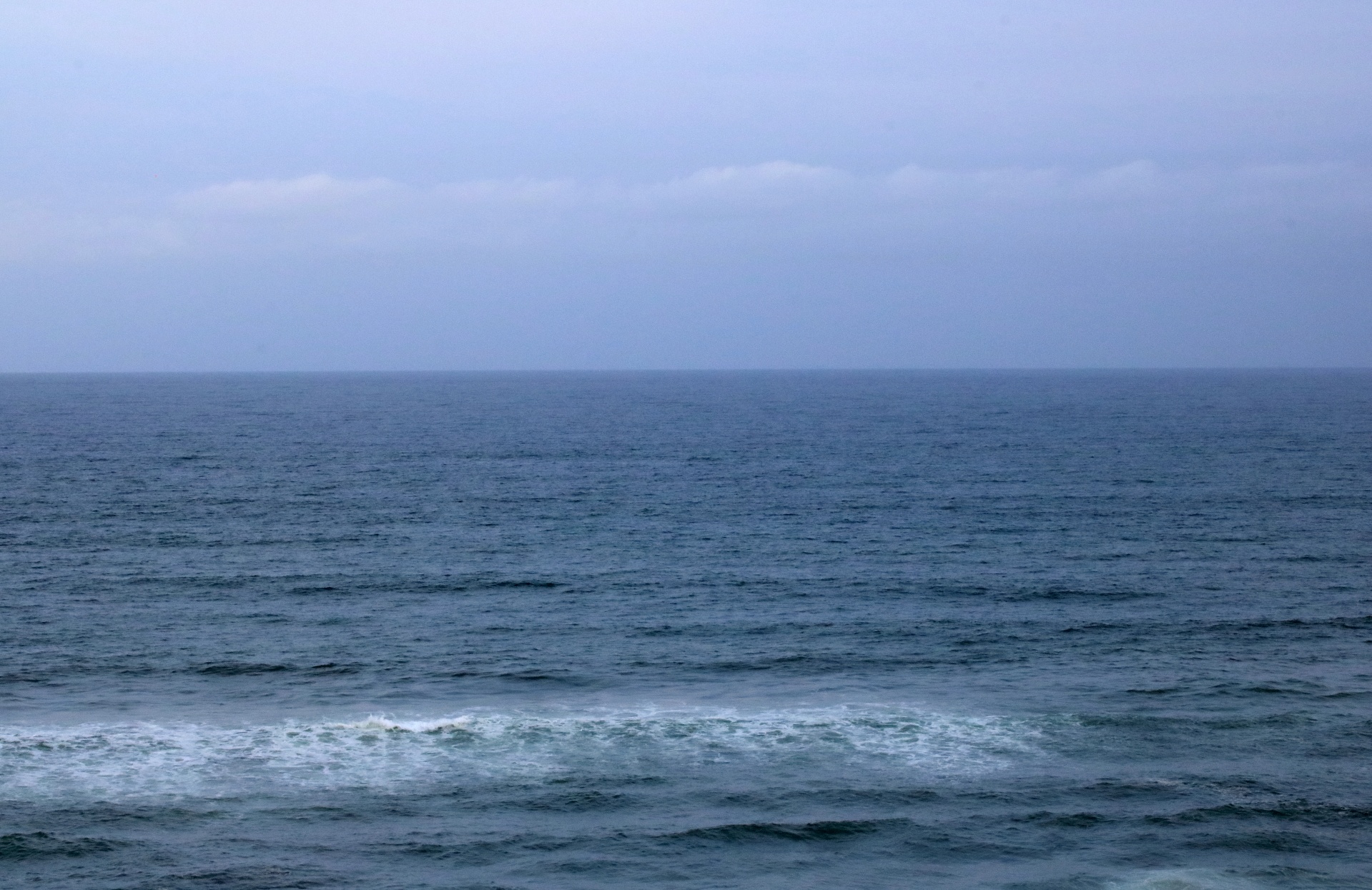The Indian Ocean is the third largest body of water in the world. Asia is present to its North, Australia is present to its East, and Africa is present to its West. Antarctica surrounds its Southern border. Keep reading to discover many more Indian Ocean Facts For Kids!
Many other bodies of water also form a part of the Indian ocean. These are the Laccadive sea, Arabian sea, the Somali sea, the Andaman Sea, and the Bay of Bengal. The Indian ocean was named around the year 1515. It was called the Eastern ocean before that.
The Indian ocean is also called the Indic Ocean and the Hindu ocean in different languages. The Greek people called it the Erythraean sea. Did you think that the Indian Ocean facts end here? Read on to know some great facts about the Indian Ocean.

Stunning View of the Indian Ocean on a clear day,
Indian Ocean Fast Facts
Have a quick look at some common and popular facts about the Indian ocean.
- The Indian Ocean is the third largest water body in the world.
- It covers 70,560,000 km square of an area.
- The Indian ocean covers 20 % of the surface of the Earth
- The Indian ocean covers around ¼th of the water on the planet
- It was named the Indian ocean in the year 1515
- The largest width of the Indian ocean is 1000 km.
- The average depth is 3,890 meters.
- The deepest part of the Indian ocean is the Java Trench (7,258 meters)
More Indian Ocean Facts For Kids
Let’s dive into some more fun facts about the Indian ocean and see what else we can discover about this massive body of water.
Sharks In The Indian Ocean
There are around 19 different species of sharks in the Indian ocean. The most common kinds of sharks are silky and blue sharks. They feed on smaller organisms such as rays, eels, and various species of fish. The other types of sharks in the Indian ocean are the Whitetip terror and the whale shark.
Plants In The Indian Ocean
The Indian ocean is a habitat for many kinds of plants. Among the discovered plants in the Indian ocean are Seagrasses, Phytoplankton, and Algae. Seagrass is of great ecological importance. Phytoplankton takes care of half of the Earth’s photosynthesis, providing a lot of oxygen. They also form the base of the aquatic food chain.
The Salinity Of The Indian Ocean
The Indian ocean salinity was found to be ranging from 32 to 37 parts for thousand. The Arabian sea was found to have high salinity. The saltiness of the Bay of Bengal was found to be lower.
Kind Of Tides In The Indian Ocean
Semidural tides are the most commonly seen type of tide in the Indian ocean. But other types of tides, such as diurnal and mixed, are also found here. The kind of tides present differs from place to place.
Minerals Are Found In The Indian Ocean.
The most valuable mineral found in the Indian ocean is petroleum. The next valuable mineral is manganese. Minerals like tin, monazite, zircon, chromite, and ilmenite are also found in the ocean. These minerals are located near the seashore.
Fisheries In The Indian Ocean
There is a concentration of nutrients in the Indian ocean near the surface of the water. This concentration causes a more significant number of phytoplankton, which are food to many aquatic organisms.
More Interesting Facts For Kids
10 Fun Indian Ocean Facts For Kids Video
Came across this video giving 10 interesting facts on the Indian Ocean. Number 7 was rather fascinating. The Indian Ocean has lower oxygen making for some rather unique aquatic life. The robotic voice was a little hard to listen to but the facts were really interesting! Definitely worth a listen!
https://youtu.be/gYnO4QjfUYc
Indian Ocean Q & A
How Old Is The Indian Ocean?
Around 36 million years ago, the Indian ocean formed the present configuration. The first time it opened was about 140 million years back.
Why Is The Indian Ocean So Dangerous?
The Indian ocean is ranked as one of the most-deadly ocean waters in the world. It has the warmest temperature out of all the oceans that makes it prone to climatic shifts that cause monsoons, tsunamis, strong winds, as well as cyclones.
Ships that travel across the Indian ocean can be susceptible to low-pressure areas and winds. This is the area where the south and north trade winds tend to meet. There can be tall waves caused due to climatic change and can also sink huge ships.
How Is The Indian Ocean Different From The Atlantic And Pacific Oceans?
The Indian ocean differs in many ways from the Atlantic and Pacific oceans. It is landlocked in the Northern area. It is unable to reach the Artic Ocean (which has the coldest waters in the world). The Indian Ocean is also the warmest in all of the world! The water can range between 66 and 82 degrees.
The bottom water of the Indian ocean has an origin outside the boundaries. It has a lesser number of islands, and the continental shelves are narrow. Also, in the Northern area, there is a lack of oxygen.
How does the Indian Ocean affect the climate?
The temperature at the surface of the Indian ocean tends to affect the climate—the weather over the ocean influences the rainfall and temperature in Australia. The Indian Ocean dipole is the difference in temperature between the Western and Eastern Indian ocean.
The Indian Ocean dipole (IOD) has a significant effect on Australian agriculture and climate. A negative IOD causes more rainfall over Australia. The maximum temperature is usually more relaxed in Southeastern Australia.
A positive IOD causes lesser rainfall in Australia. It also gives rise to a warmer climate. The Indian Ocean also affects the environment in India. It provides moisture during the summer monsoon time, which leads to heavy rains.
In India, the coastal cities climate is also majorly affected by the Indian ocean.
How was the Indian Ocean formed?
The origin of the Indian ocean is found to be the most complex of the three largest oceans. About 180 million years ago, there was a breakup of Gondwana, the southern supercontinent.
There was the movement to the northeast of India, which had collided with Eurasia. There was also a movement of Africa towards the West and the separation of Antarctica and Australia.
Check out these Indian Ocean Gifts On Amazon!
[amazon box=”B098TC7681,B087WM2XT5,B07V7291ZF,B0082D64RU” template=”list”]
Final Thoughts
I hope this article has been able to answer some of your questions in regards to the Indian Ocean. Also I hope it has peaked your curiosity so you will continue to learn and explore all the amazing places this planet has to offer! Being such a large ocean, it still has so many undiscovered organisms and plants that scientists are still exploring. Thank you for joining us today and learning all about Indian Ocean Facts For Kids.




